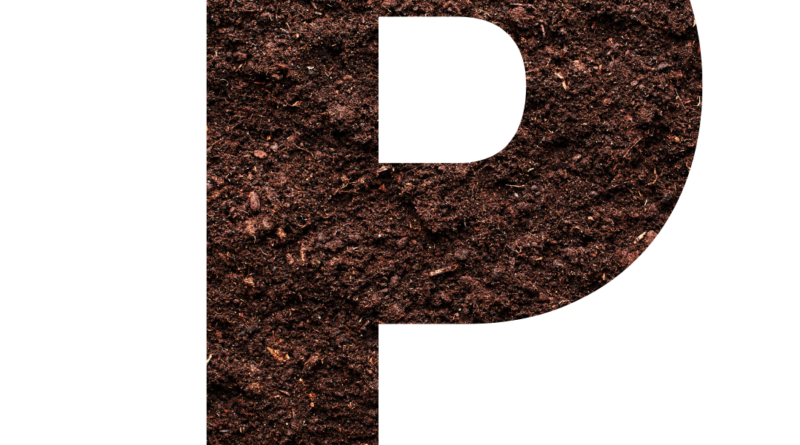Grow Stronger, Greener: Boosting Phosphorus Levels in Soil Naturally
Phosphorus is an essential nutrient for plant growth and development, and it plays a vital role in the formation of roots, seeds, and fruit. However, many soils lack adequate levels of phosphorus, which can lead to poor plant growth and yield. If you’re looking to increase the phosphorus levels in your soil without the use of chemicals, there are several natural methods you can try.
- Add Organic Matter: One of the most effective ways to increase phosphorus levels in soil is by adding organic matter, such as compost or well-rotted manure. Organic matter contains high levels of phosphorus and other essential nutrients, and as it decomposes, it releases these nutrients into the soil.
- Use Rock Phosphate: Rock phosphate is a natural mineral that contains high levels of phosphorus. It can be found in the form of rock dust, which can be added directly to soil or made into a slurry and applied as a liquid. Rock phosphate is a slow-release source of phosphorus, which means it will continue to provide plants with the nutrient over an extended period of time.
- Plant Cover Crops: Cover crops, such as clover, alfalfa, and peas, are known to fix nitrogen and other nutrients in the soil, including phosphorus. These crops can be grown and then turned into the soil, providing a natural source of phosphorus and other essential nutrients.
- Bone Meal: Bone meal is made from ground animal bones and is a great source of phosphorus. It can be added to the soil in granular form or made into a slurry and applied as a liquid.
- Fish Emulsion: Fish emulsion is a liquid fertilizer made from fish waste and is high in phosphorus, as well as other essential nutrients like nitrogen and potassium. It can be applied to the soil as a liquid fertilizer.
These are some of the natural methods that can be used to increase the phosphorus levels in your soil. It’s important to remember that adding too much phosphorus can be harmful to plants and the environment, so it’s always best to test your soil and consult with a professional before making any changes.
References:
- “Phosphorus in Soil: Importance, Deficiency, and Management” by Agriculture and Agri-Food Canada
- “The Role of Phosphorus in Plant Growth” by Michigan State University Extension
- “Soil Organic Matter and Its Role in Crop Production” by University of Illinois Extension
- “The Use of Rock Phosphate for Gardens” by The Old Farmer’s Almanac
- “Cover Crops: Nitrogen Fixers” by University of Maryland Extension
- “Bone Meal Fertilizer: What It Is and How To Use It” by Gardening Know How
- “Fish Emulsion Fertilizer: How to Use it in Your Garden” by Gardening Know How




